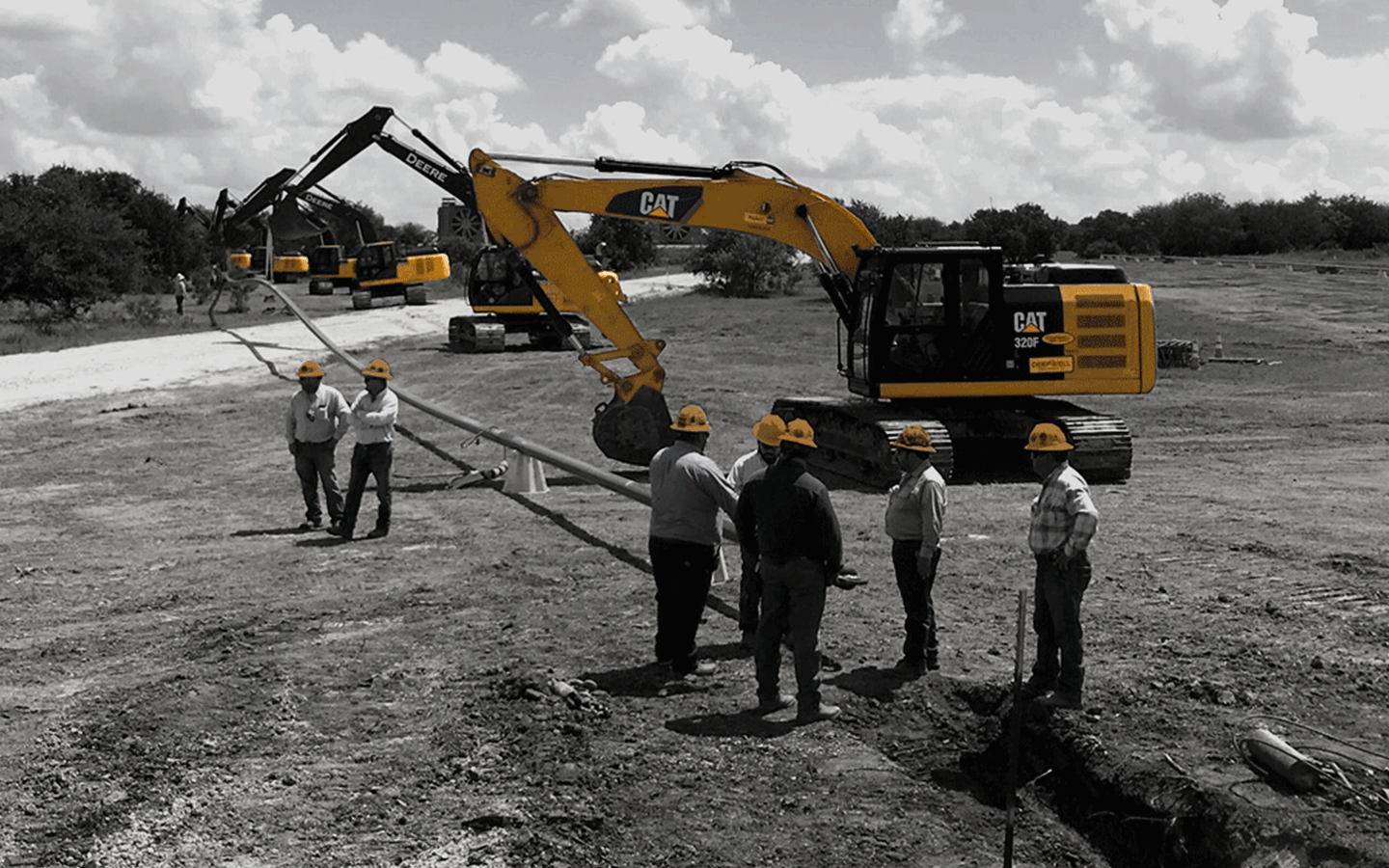Everything About Oil Field Equipment and Pipeline Equipment: Trick Insights and Vital Information
Oil field equipment and pipeline systems play a critical role in the oil and gas sector. They are vital for the efficient extraction and transport of hydrocarbons. Secret parts, such as piercing rigs and tank, straight influence functional success. At the same time, developments in modern technology promise to improve safety and effectiveness. Recognizing these elements is important for any person involved in or interested in this complicated market, as it sets the stage for much deeper exploration of market methods.

Introduction of Oil Field Equipment
As the demand for oil remains to expand, recognizing the tools used in oil fields ends up being increasingly important. Oil field equipment encompasses a wide variety of equipment and devices essential for expedition, extraction, and handling. Key elements consist of drilling rigs, which are vital for getting to oil storage tanks, and production equipment, such as separators and pumps, that facilitate the extraction procedure. Superior Oilfield Rentals. Furthermore, tank play a significant role in holding unrefined oil before transport. Safety devices, including blowout preventers and stress gauges, guarantees functional safety and effectiveness. Each item of devices functions cohesively to maximize production and preserve reliable operations. Familiarity with this equipment is very important for professionals in the sector to assure successful operations and adherence to safety requirements
Sorts Of Drilling Rigs and Their Applications
Drilling rigs work as the backbone of oil removal procedures, with various types developed for specific geological conditions and operational demands. One of the most typical kinds consist of rotary drilling rigs, which make use of a rotating drill little bit to pass through the earth, and cable device rigs, known for their percussion exploration method. For offshore procedures, jack-up rigs and semi-submersible rigs supply security and assistance in marine settings. Furthermore, directional boring rigs enable operators to drill at angles, reaching down payments that are not vertically accessible. Each rig type has special benefits, maximizing effectiveness and safety and security based on the boring atmosphere. Picking the suitable gear is essential for making best use of source removal while lessening environmental influence and functional expenses.

Important Pipeline Equipment and Their Functions
Pipeline infrastructure is essential for the transportation of oil and gas from extraction websites to processing facilities and end-users. Numerous necessary devices parts promote this process. Pipes themselves work as the primary channels, designed to stand up to high stress and harsh substances. Pump stations are vital for maintaining circulation by enhancing stress along the pipeline. Valves play an essential duty in controlling circulation and isolating sections for upkeep. Additionally, fittings and ports guarantee secure joints in between pipe areas. Checking systems, including flow meters and pressure sensing units, are essential for discovering leaks and optimizing flow rates. Lastly, pigging equipment is utilized for maintenance and cleansing, securing pipeline honesty and effectiveness. With each other, these components create the foundation of a trustworthy pipeline system.
Innovations and Technologies in Oil and Gas Equipment

Security and Maintenance Practices in the Oil Industry
While the oil industry has made substantial strides in modern technology and effectiveness, the importance of robust safety and maintenance site here practices can not be overemphasized. Effective security procedures are necessary to protect employees and the environment, reducing the danger of accidents and spills. Regular examinations and maintenance of equipment help identify potential issues before they intensify, ensuring operational stability. Educating programs for workers are vital, highlighting the significance of safety and security recognition and emergency situation feedback procedures. In addition, adherence to sector policies and criteria cultivates a culture of safety. Carrying out advanced surveillance technologies can further improve upkeep methods, permitting real-time evaluations of equipment conditions. Eventually, prioritizing safety and security and maintenance is essential to the sustainability and success of the oil industry.
Frequently Asked Inquiries
What Are the Ecological Effects of Oil Field Equipment?
The environmental effects of oil field equipment consist of environment devastation, water contamination, and air contamination (Superior Oilfield pipeline equipment rentals). Additionally, equipment malfunction can result in spills, adversely impacting wildlife and communities, highlighting the need for rigid guidelines and monitoring
Just How Is Oil Field Equipment Delivered to Remote Locations?
Carrying oil field equipment to remote areas usually involves specific vehicles, helicopters, or barges. Logistics business coordinate paths, ensuring devices gets here safely and successfully, taking into consideration surface and accessibility to minimize hold-ups and maximize productivity.
What Governing Requirements Govern Oil Field Equipment?
Governing criteria governing oil field equipment primarily consist of safety and security, environmental management, and operational performance standards. Agencies such as OSHA and EPA impose these guidelines to assure risk-free practices and decrease eco-friendly impact in oil extraction operations.
What Skills Are Required to Run Oil Area Equipment?

Just How Do Oil Costs Impact Equipment Need and Use?
Oil rates significantly influence equipment need and usage. Higher prices commonly bring about raised exploration and production activities, driving demand click this site for equipment. On the other hand, lower costs might lead to lowered operations and lowered requirement for tools.